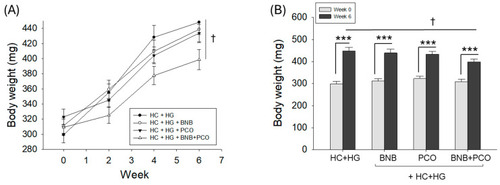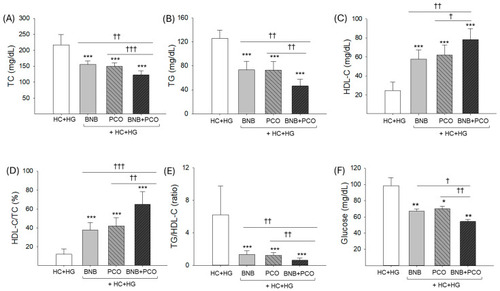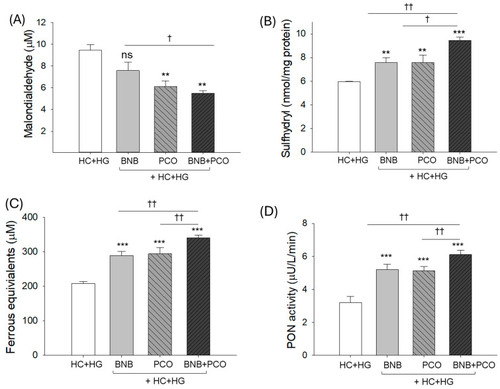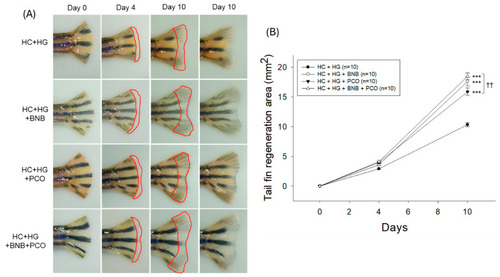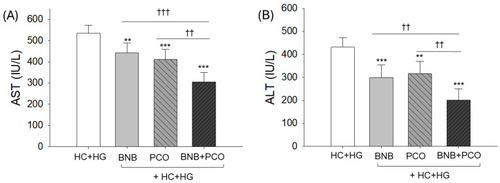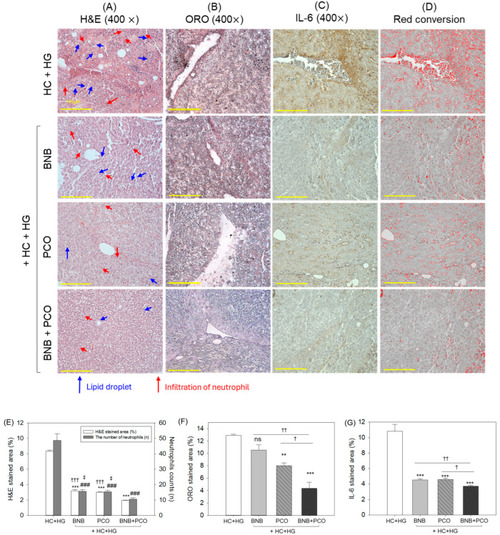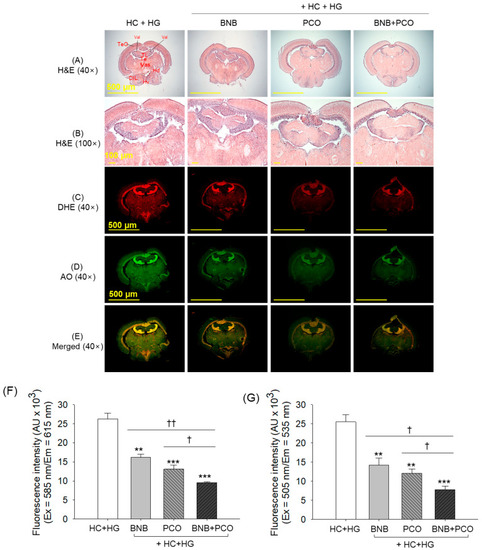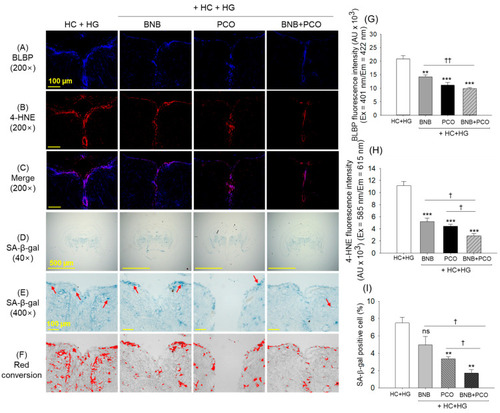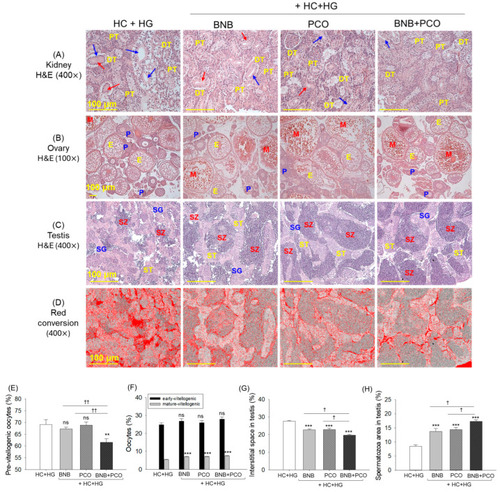- Title
-
Synergistic Effect of Banaba Leaf Extract and Policosanol (Raydel®) Ameliorate High Cholesterol and High Galactose-Diet Induced Adverse Events in Zebrafish
- Authors
- Cho, K.H., Lee, S.H., Lee, Y., Bahuguna, A., Kim, J.E., Djayanti, K., Jeon, C.
- Source
- Full text @ Pharmaceuticals (Basel)
|
Effect of dietary intake of banaba (BNB, 0.1% |
|
Comparison of blood lipid profile and glucose level after 6 weeks of consumption of banaba (BNB, 0.1% |
|
Comparison of oxidative variables and antioxidant abilities in zebrafish plasma after 6 weeks of consumption of banaba (BNB, 0.1% |
|
Comparison of amputated tail fin regeneration of zebrafish following consumption of banaba (BNB, 0.1% |
|
Comparison of hepatic enzymes ( |
|
Histological analysis of hepatic tissue after 6 weeks of consumption of banaba (BNB, 0.1% |
|
Brain histology after 6 weeks of consumption of banaba (BNB, 0.1% |
|
Comparison of brain lipid binding protein (BLBP), 4-hydroxynoneal (4-HNE) levels and cellular senescence in the zebrafish brain consuming banaba (BNB, 0.1% |
|
Histological analysis of kidney, ovary, and testis of zebrafish post 6 weeks of consumption of banaba (BNB, 0.1% |
|
The study plan of a 6-week dietary intervention in zebrafish, incorporating a high-cholesterol (HC) and high-glucose (HG) diet infused with banaba (BNB), policosanol (PCO), or a combination of both (BNB+PCO). |

